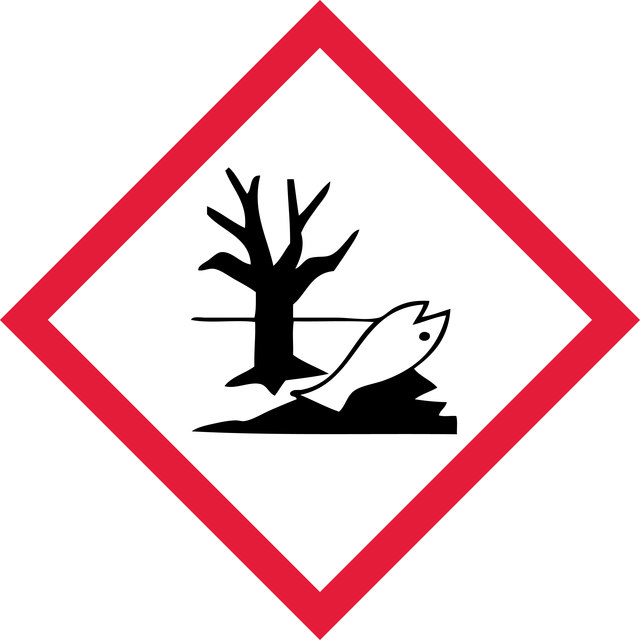219703
Hexylamine
99%
Synonym(s):
1-Aminohexane
Sign Into View Organizational & Contract Pricing
Select a Size
About This Item
Linear Formula:
CH3(CH2)5NH2
CAS Number:
Molecular Weight:
101.19
Beilstein:
1731298
EC Number:
MDL number:
UNSPSC Code:
12352100
PubChem Substance ID:
NACRES:
NA.22
Quality Level
Assay
99%
form
liquid
expl. lim.
2.1-9.3 %
refractive index
n20/D 1.418 (lit.)
bp
131-132 °C (lit.)
mp
−23 °C (lit.)
density
0.766 g/mL at 25 °C (lit.)
functional group
amine
SMILES string
CCCCCCN
InChI
1S/C6H15N/c1-2-3-4-5-6-7/h2-7H2,1H3
InChI key
BMVXCPBXGZKUPN-UHFFFAOYSA-N
Looking for similar products? Visit Product Comparison Guide
Related Categories
Application
Hexylamine can be used:
- As an initiator to synthesize defined polypeptides by primary amine-initiated N-carboxyanhydride ring opening polymerization reaction.
- As a reactant to modify alkanethiol monolayers at polycrystalline gold surfaces via amide bond formation reaction.
- To functionalize the surface of MWCNT, graphene oxide, and polyurethanes. These functionalized composites materials find applications in absorption, CO2 capture, and as barrier materials.
Signal Word
Danger
Hazard Statements
Precautionary Statements
Hazard Classifications
Acute Tox. 3 Dermal - Acute Tox. 3 Oral - Aquatic Chronic 2 - Eye Dam. 1 - Flam. Liq. 3 - Skin Corr. 1A
Storage Class Code
3 - Flammable liquids
WGK
WGK 1
Flash Point(F)
80.6 °F - closed cup
Flash Point(C)
27 °C - closed cup
Personal Protective Equipment
dust mask type N95 (US), Eyeshields, Gloves
Choose from one of the most recent versions:
Already Own This Product?
Find documentation for the products that you have recently purchased in the Document Library.
Adsorption behaviour of n-hexylamine at the Hg/water interphase and its comparison with a molecular model accounting for local order.
Carla M, et al.
J. Electroanal. Chem. Interfac. Electrochem., 197(1), 123-141 (1986)
Jiong Zou et al.
Macromolecules, 46(10), 4223-4226 (2013-06-25)
A facile N
Julien Roeser et al.
Rapid communications in mass spectrometry : RCM, 27(4), 546-552 (2013-01-17)
Cleavage of peptide bonds C-terminal to tyrosine and tryptophan after electrochemical oxidation may become a complementary approach to chemical and enzymatic cleavage. A chemical labeling approach specifically targeting reactive cleavage products is presented here and constitutes a promising first step
Leon Coulier et al.
Analytical chemistry, 78(18), 6573-6582 (2006-09-15)
We have developed an analytical method, consisting of ion-pair liquid chromatography coupled to electrospray ionization mass spectrometry (IP-LC-ESI-MS), for the simultaneous quantitative analysis of several key classes of polar metabolites, like nucleotides, coenzyme A esters, sugar nucleotides, and sugar bisphosphates.
J P Wolfe et al.
The Journal of organic chemistry, 65(4), 1144-1157 (2000-05-18)
Mixtures of Pd(2)(dba)(3) or Pd(OAc)(2) and BINAP catalyze the cross-coupling of amines with a variety of aryl bromides. Primary amines are arylated in high yield, and certain classes of secondary amines are also effectively transformed. The process tolerates the presence
Our team of scientists has experience in all areas of research including Life Science, Material Science, Chemical Synthesis, Chromatography, Analytical and many others.
Contact Technical Service


